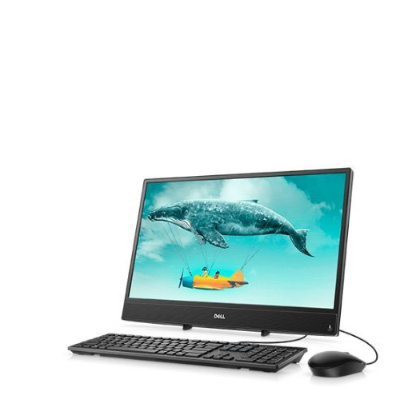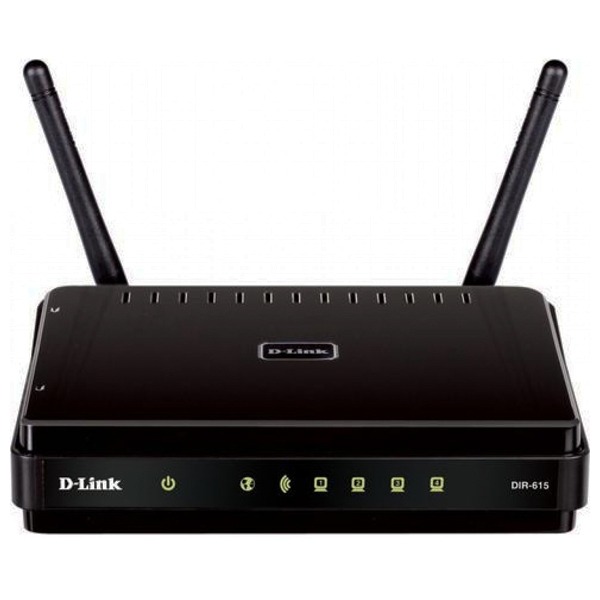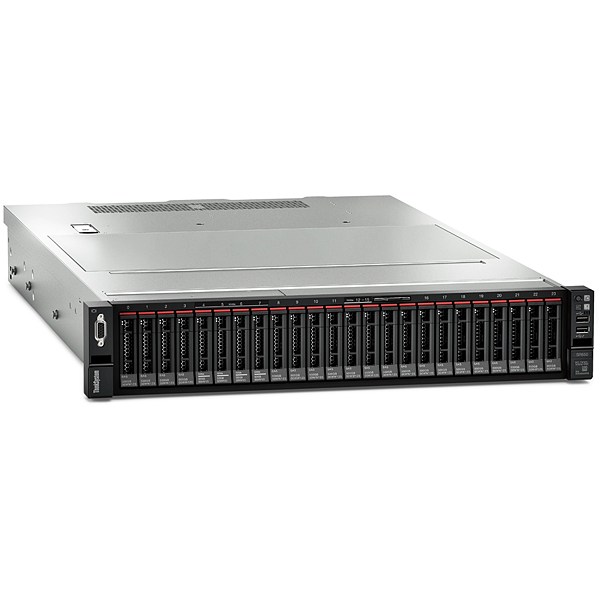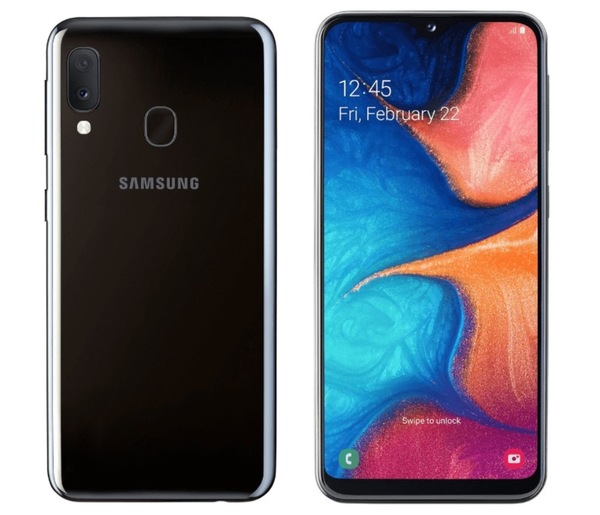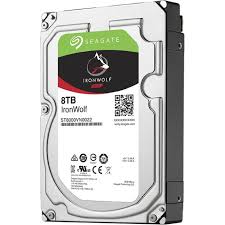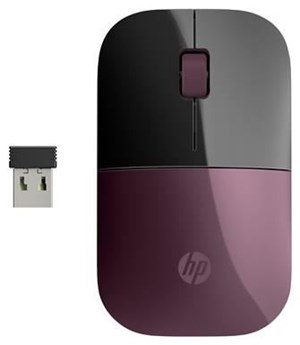Warum Sie Brettspiele im Nine Casino wählen sollten

Der Croupier im Nine Casino bietet eine Vielzahl von Spielen an, darunter Baccarat und Blackjack, die sowohl Ihre strategischen Fähigkeiten als auch Ihre Glücksfähigkeiten herausfordern.
Die Interaktion am Spieltisch im Nine Casino schafft eine einzigartige Erfahrung, bei der Sie Ihre Fähigkeiten testen und verbessern können, während Sie sich mit anderen Spielern messen.
Die Wahrscheinlichkeiten und Strategien, die bei den Spielen im Nine Casino eingesetzt werden, bieten Ihnen die Möglichkeit, Ihr Spiel zu optimieren und die Gewinnchancen zu erhöhen.
Warum sollten Sie Brettspiele auf Nine Casino wählen
Wenn es um Glücksspiele geht, denken die meisten Menschen sofort an Spiele wie Roulette, Baccarat und Blackjack. Diese Spiele sind beliebt, aber Brettspiele bieten eine einzigartige Erfahrung, die strategieorientiert ist und eine intensive Interaktion erfordert. Auf Nine Casino finden Sie eine Vielzahl an spannenden Brettspielen, die Ihnen eine völlig neue Spielerfahrung bieten.
Brettspiele auf Nine Casino bieten eine Vielzahl von Vorteilen gegenüber anderen Casino-Spielen. Der Einsatz von Strategie ist bei Brettspielen von großer Bedeutung, und die Interaktion mit dem Croupier und anderen Spielern kann die Spielerfahrung intensivieren. Im Vergleich zu reinen Glücksspielen erfordern Brettspiele wie Schach oder Dame ein hohes Maß an Geschicklichkeit und Konzentration, was sie zu einer attraktiven Option für alle Arten von Spielern macht.
Die Vorteile von Brettspielen gegenüber anderen Optionen
Wenn es um das Spielen von Glücksspielen geht, bieten Brettspiele im nine casino eine einzigartige Interaktion, die andere Spiele nicht bieten können. Die Möglichkeit, mit einem echten Croupier zu interagieren und die Wahrscheinlichkeiten in Spielen wie Roulette, Baccarat und Blackjack zu berechnen, macht die Erfahrung unvergleichlich.
Darüber hinaus ermöglichen die Brettspiele im nine casino den Spielern, strategische Entscheidungen zu treffen und ihre Fähigkeiten zu verbessern. Im Vergleich zu reinen Glücksspielen bieten Brettspiele eine andere Art von Spannung und Unterhaltung, die Spieler aller Erfahrungsstufen anspricht.
Die Vielfalt der Brettspiele im nine casino sorgt dafür, dass es für jeden Spieler etwas Passendes gibt. Von einfachen und unterhaltsamen Spielen bis hin zu komplexen und anspruchsvollen Optionen können Spieler ihre Vorlieben auswählen und ihre Erfahrung personalisieren.
Gründe für die Auswahl von Brettspielen auf Nine Casino können vielfältig sein. Sie bieten eine einzigartige Möglichkeit, Ihre Strategie zu verbessern und Ihr Können gegen den Croupier oder andere Spieler unter Beweis zu stellen. Mit verschiedenen Spielen wie Blackjack und Roulette haben Sie die Möglichkeit, Ihre Fähigkeiten zu testen und Ihre Gewinnchancen zu berechnen. Die Interaktion mit anderen Spielern und die Erfahrung, die Sie bei jedem Spiel sammeln, machen das Spielen von Brettspielen auf Nine Casino zu einem unvergesslichen Erlebnis.
Die sozialen Aspekte von Brettspielen im Vergleich zu anderen Spielen
Wenn es um die sozialen Aspekte von Brettspielen im Vergleich zu anderen Spielen wie Roulette, Blackjack, Baccarat und anderen geht, stehen Interaktion, Erfahrung und Strategie im Vordergrund. Brettspiele bieten eine einzigartige Möglichkeit, sich mit anderen Menschen auf eine neue und unterhaltsame Weise zu verbinden.

